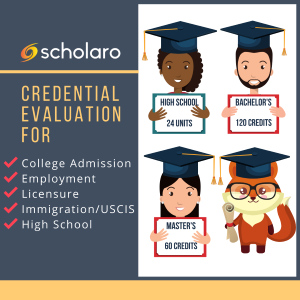Colleges and Universities in the United States offer diverse opportunities for higher education. Locating high quality programs at accredited colleges can be challenging. Many colleges advertise accredited programs that may not meet licensing standards by professional boards. When looking for postsecondary education programs it is important to do your research.
The U.S. Department of Education maintains an online Accreditation Database for Postsecondary Institutions and Programs. The database provides search criteria based on the name of the institution, the accrediting agency and the state in which the program is located. Choosing an accredited program is important so that the degree you earn is recognized by employers.
Colleges and programs are accredited at both a national and state level. The U.S. Department of Education website provides detailed information about regionally and nationally recognized accrediting agencies. Accreditation can be broken down into two distinct categories, institutional accreditation and programmatic accreditation. Accreditation focuses on identifying the quality of a college and college programs.
Accreditation does not guarantee that the credit you earn is transferrable to other institutions nor does it guarantee acceptance of the earned degree with employers. Prior to earning college credit it is the student's responsibility to speak with an advisor of the educational institution and prospective employers to determine if the program meets educational objectives.
The U.S. Department of Education has appointed seven regional accrediting commissions that provide additional information in regards to online and campus based programs. More specifically the Distance Education and Training Council and the Accrediting Council for Independent Colleges and Schools provide information about on-line courses and programs.
Many times accrediting agencies accredit an entire school without necessarily accrediting specific programs. Lack of research can lead to earning a degree from an accredited institution where the program of study was not accredited. Specifically, accrediting agencies may identify programs that are different from those approved by state licensing agencies. The Council for Higher Education provides oversight to licensing agencies and additional information can be obtained through their website.
Once an accredited program has been selected the student should contact the enrollment advisor of that institution. The enrollment advisor works to assist with financial aid, navigating the admission policy, transferring international credits and completing enrollment documents. Resources are available for international students to assist in gathering information about U.S. colleges and institutions. The U.S. Department of State website offers a searchable database of Overseas Advising Centers that provide advisors and information to assist in locating college programs in the United States. The United States Embassy is another resource for helping international students gain information about colleges, the admissions process and financial aid opportunities that are available.
Transferring to a U.S. college program can be an exciting and positive experience. There are many resources available to make the transition less frustrating and challenging. This process is time consuming and may take several months to complete. It is imperative that you allow a minimum of 12 months to complete the process to be successfully enrolled in the program you have chosen.

